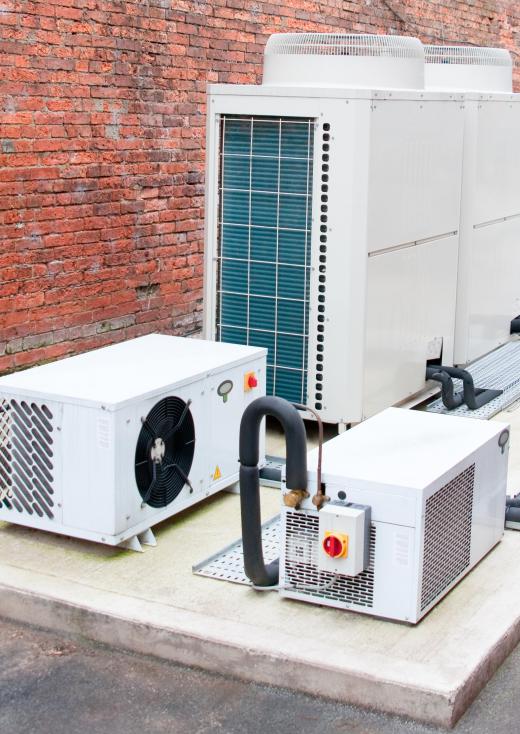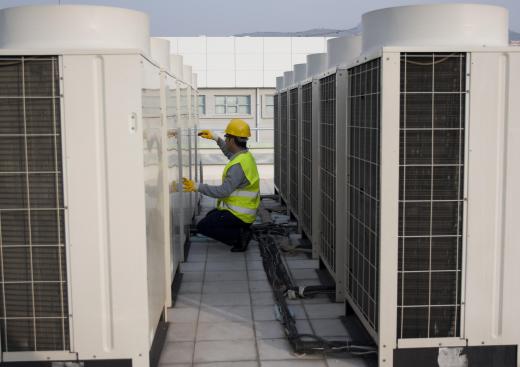Mechanical refrigeration is one method for removing heat from where it is not wanted and releasing it elsewhere. The vast majority of domestic refrigerators, freezers and air conditioners utilize the mechanical refrigeration cycle to produce a cooling effect. There are other, non-mechanical methods used to produce cooling, but their use is mostly limited to specialized or industrial applications.
A mechanical refrigeration system cools by circulating a fluid through a sealed circuit of pipes or tubing. The fluid absorbs heat in the space to be cooled and carries it away to where it is less objectionable. The entire cycle relies on just a few components and laws of physics to reduce the temperature of an area.

The mechanical aspect of the cycle starts with a compressor, a combination electric motor and pump. In the compressor, a low pressure, gaseous refrigerant is squeezed down to a greatly reduced volume. This compression raises the refrigerant’s temperature and pressure and pushes it into the next component, the condenser. The condenser is merely a coil of tubing over which air can flow. In the condenser, the high pressure/high temperature gas releases its heat and becomes a liquid.

One will often feel the heat thrown off by a condenser on the back of a household refrigerator or from the outdoor coil component of a central air conditioner. The heat being dumped out was originally absorbed by the refrigerant in the air conditioned space. The now-liquefied refrigerant flows on through the condenser because the compressor maintains pressure behind it.

The next stop is a metering device, which can be a mechanical valve or just a tube of a small diameter, either of which chokes the refrigerant flow. The liquid refrigerant passes through the metering device into another coil called an evaporator. Here, its pressure drops rapidly, and the refrigerant begins boiling at a temperature not usually associated with boiling: approximately zero degrees Fahrenheit (minus-18 Celsius) in a typical household freezer. This low-temperature boiling is actually the absorption of heat by the refrigerant. The heat-laden, gaseous refrigerant flows back into the compressor, and the cycle repeats until the thermostat is satisfied.
The mechanical refrigeration cycle breaks down into four phases: compression, condensation, metering and evaporation. Heat flows into the evaporator and out of the condenser, making both coils types of heat exchangers. Mechanical refrigeration is not necessarily the most efficient or environmentally friendly means of cooling, but its simplicity virtually guarantees that it will be the standard for the foreseeable future.
